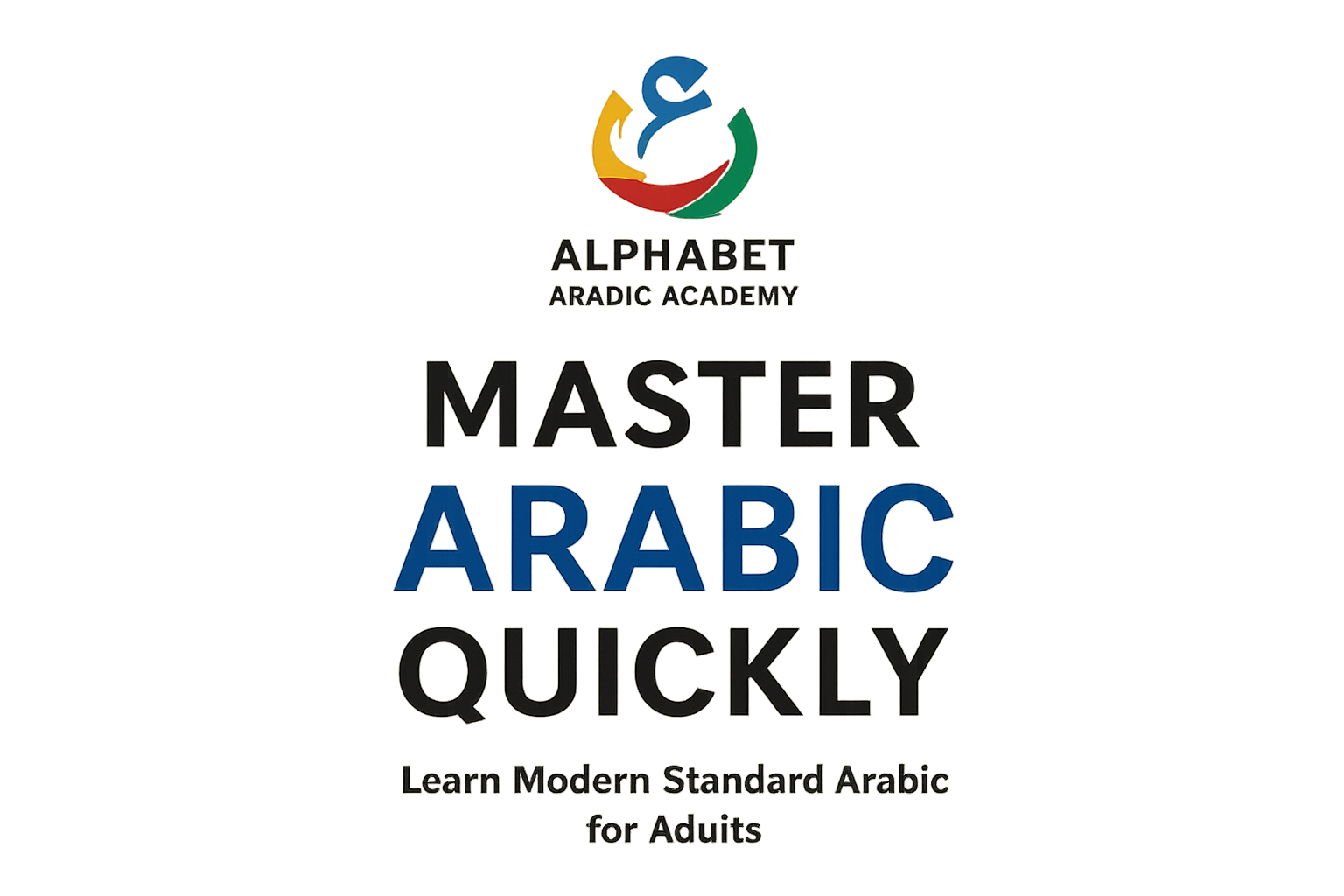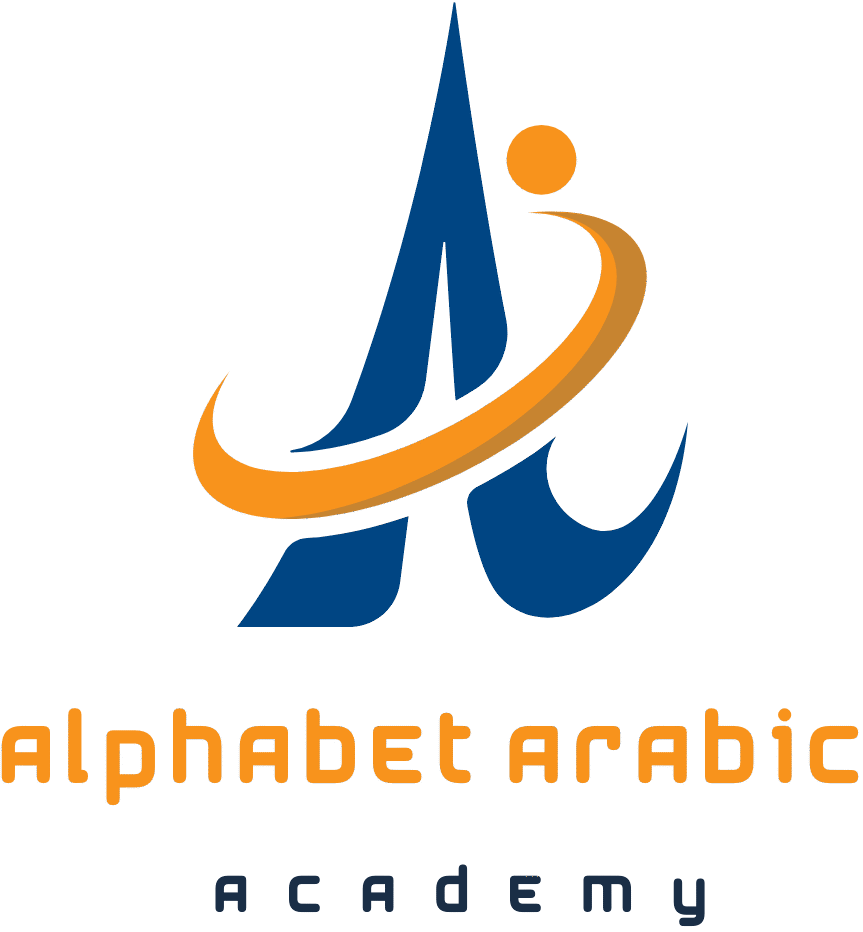
Learn Modern Standard Arabic for Adults: Begin Your Journey
Have you ever dreamed of reading Arabic newspapers, understanding Quranic verses, or holding real conversations with native speakers? The secret lies in mastering Modern Standard Arabic (MSA) — the official and most widely understood form of the Arabic language. Designed for communication, business, and cultural understanding, learning MSA gives adults access to the Arab world’s vibrant literature, media, and traditions. Whether you’re learning for professional growth, travel, or faith, this guide will help you learn Modern Standard Arabic for adults in a structured, motivating, and enjoyable way.
To dive deeper, explore our main guide on Learn Arabic for Adults — the complete roadmap to mastering Arabic step by step.
Start with Basic Alphabet
Every Arabic journey begins with understanding the Arabic alphabet, made up of 28 beautiful letters. Start by recognizing their shapes and sounds, then practice writing from right to left. Many adult learners use visual flashcards and tracing workbooks to make this step easy and interactive. Within a week of consistent effort, you’ll recognize most letters and connect them to real words.
Master Pronunciation Techniques
Arabic pronunciation may seem tricky, but with consistent listening and vocal practice, you can sound natural.
- Focus on proper throat and tongue positions.
- Pay special attention to emphatic letters like “ص” and “ط”.
- Record your voice to notice subtle improvements.
Focus on Vowel Sounds
Arabic has short and long vowel sounds that change word meanings entirely. Listening to native speakers or using phonetic apps helps you train your ear. Start slow, repeat daily, and your pronunciation will quickly improve.
Build Essential Vocabulary
Building vocabulary is one of the fastest ways to understand and speak MSA confidently.
Categorize Everyday Words
Start with practical words — greetings, numbers, colors, and days of the week. Learning grouped terms helps memory retention.
Group Thematic Terms
Then move to themed vocabulary sets like travel, family, or food. For example, you might learn “airport,” “passport,” and “ticket” together.
Understand Grammar Basics
Arabic grammar gives structure to your communication. Focus first on sentence order (Verb–Subject–Object) and gender forms.
Learn Sentence Structures
Practice creating short sentences like “I am learning Arabic” or “The book is new.” Understanding subject-verb agreement early prevents confusion later.
Develop Reading Skills
Reading in Arabic opens doors to culture and understanding.
Practice Short Texts
Start with children’s stories or beginner textbooks written in simple MSA.
Read Simple Stories
Reading short news headlines or Quranic excerpts strengthens comprehension and pronunciation simultaneously.
Improve Writing Abilities
Arabic script flows beautifully. Writing helps you memorize vocabulary and reinforce grammar.
Write Daily Journal Entries
Write about your day in Arabic using new words. Even simple sentences build confidence and fluency.
Practice Speaking Fluently
Fluency grows when you practice real dialogue.
Engage in Role-Playing
Simulate everyday situations, such as ordering food or asking for directions.
Use Conversation Scripts
Scripts from online courses or apps guide your pronunciation and rhythm naturally.
Enhance Listening Comprehension
Listening builds your intuitive understanding of rhythm and tone.
Listen to Audio Clips
Use podcasts or recordings from native speakers. Replay phrases and shadow them aloud to internalize pronunciation.
Explore Arabic Culture
Understanding Arabic culture gives context to the language.
Study Regional Customs
Learn about Arab hospitality, greetings, and celebrations.
Analyze Traditional Media
Watch Arabic news or dramas in MSA to familiarize yourself with natural expressions.
Use Effective Learning Resources
Modern learners have access to powerful tools that make MSA learning easier.
Select Online Apps
Platforms like Alphabet Arabic Academy, Rosetta Stone, or Memrise offer structured Arabic lessons designed specifically for adults. Our academy provides flexible schedules, native instructors, and interactive exercises tailored to your level.
To experience professional guidance, enroll now through Alphabet Arabic Academy’s contact page and start learning MSA with expert tutors today.
Overcome Common Learning Challenges
Learning Arabic can feel overwhelming, but most challenges are easily managed.
Address Pronunciation Barriers
Focus on one sound at a time. Daily repetition and recording yourself are simple but powerful tools.
Advanced Arabic Topics
Once you’ve mastered the basics, advance your grammar, vocabulary, and comprehension.
Dive into Complex Grammar
Learn noun cases, verb patterns, and advanced sentence connectors. These elevate your fluency and understanding of Arabic literature and formal writing.
Success Stories in Learn Modern Standard Arabic for Adults
Real learners have achieved fluency by staying consistent.
Follow Learner Journeys
Many adults from different backgrounds have learned Arabic fluently within a year by combining online classes with daily practice.
Adopt Proven Strategies
Set clear goals, track your progress, and learn in short, consistent sessions to maintain motivation.
Track Progress and Stay Motivated
Motivation fuels progress.
Set Achievable Goals
Aim for milestones — such as reading one page per day or holding a 5-minute conversation weekly. Celebrate always small wins!
FAQs
Q1: How long to learn Arabic?
Most adults achieve conversational fluency in 6–12 months with consistent study of MSA for 30–45 minutes daily.
Q2: Best resources for beginners?
Online academies like Alphabet Arabic Academy offer interactive lessons, flexible schedules, and expert tutors who make Arabic learning efficient.
Q3: Is Arabic difficult for adults?
no , Not at all! With structured learning and regular practice, adults can master Arabic efficiently and enjoyably.






